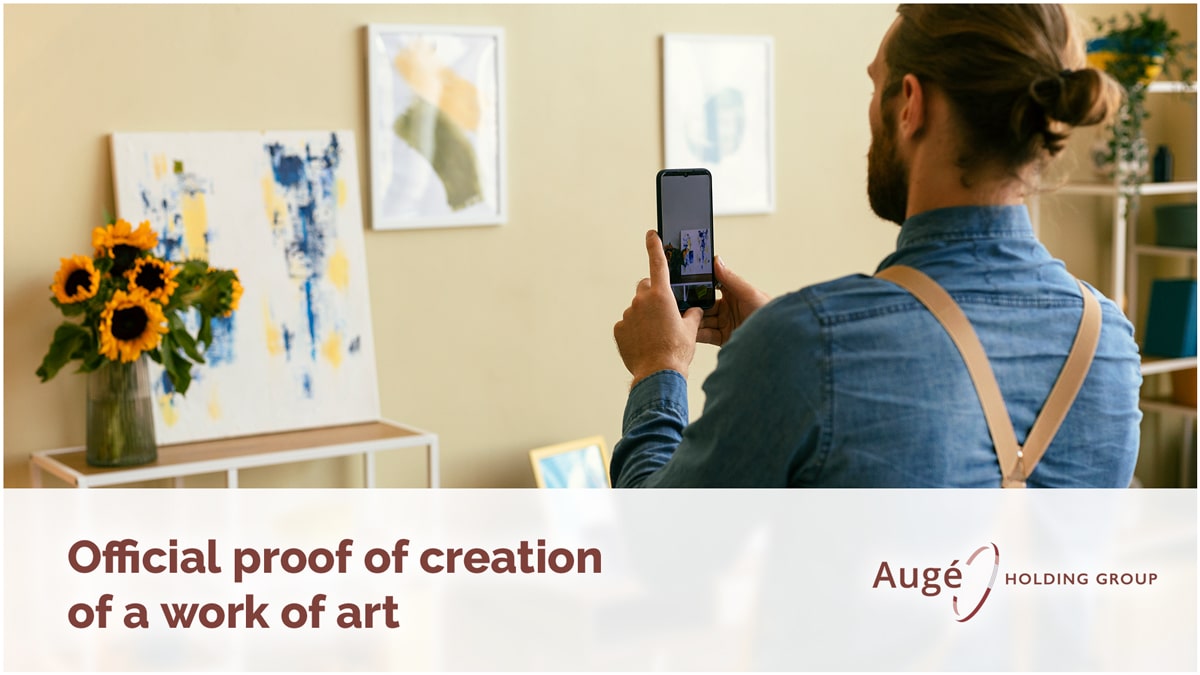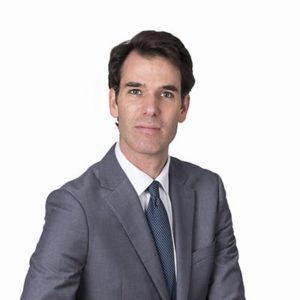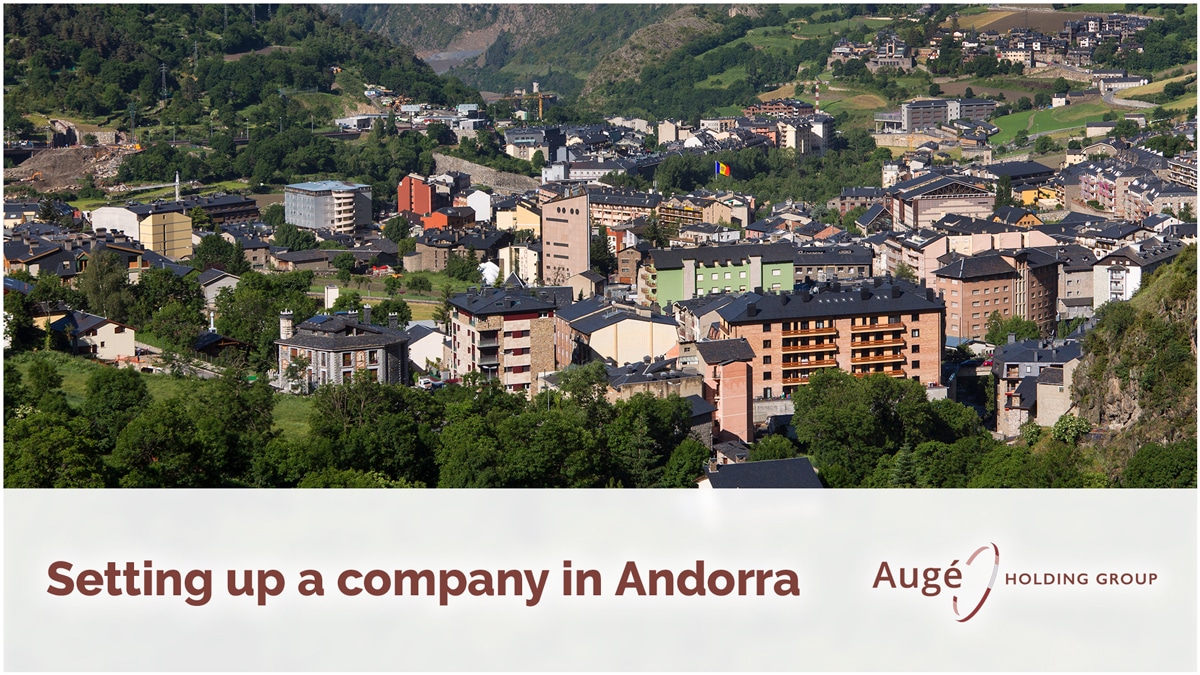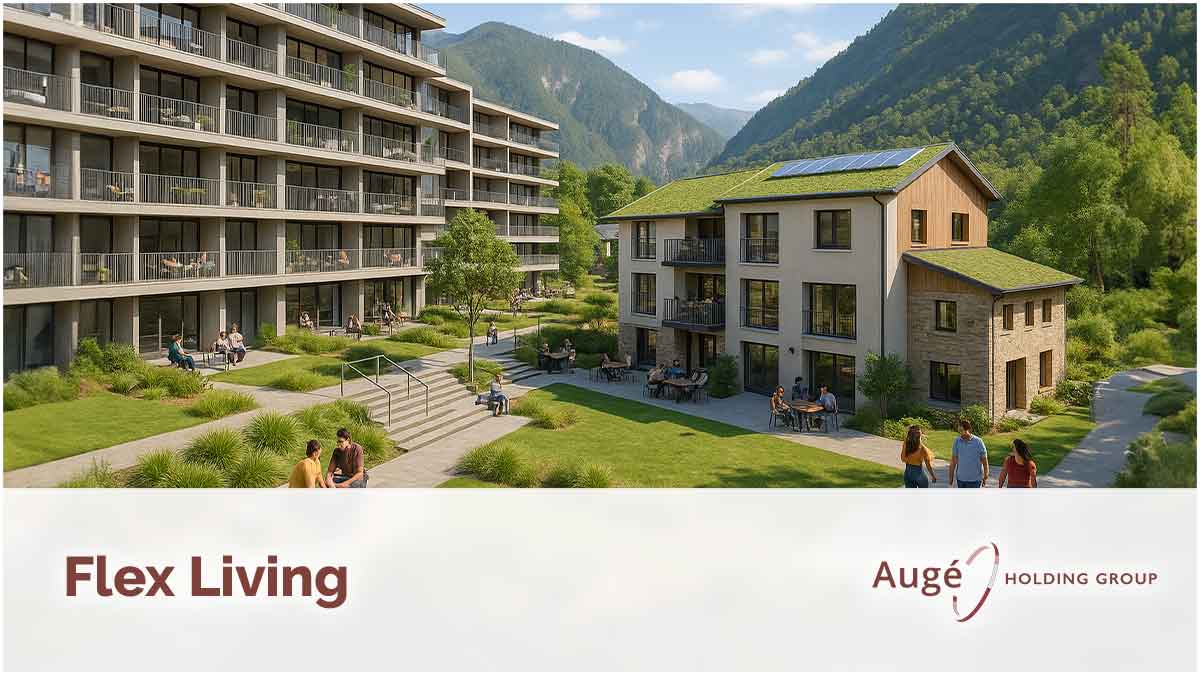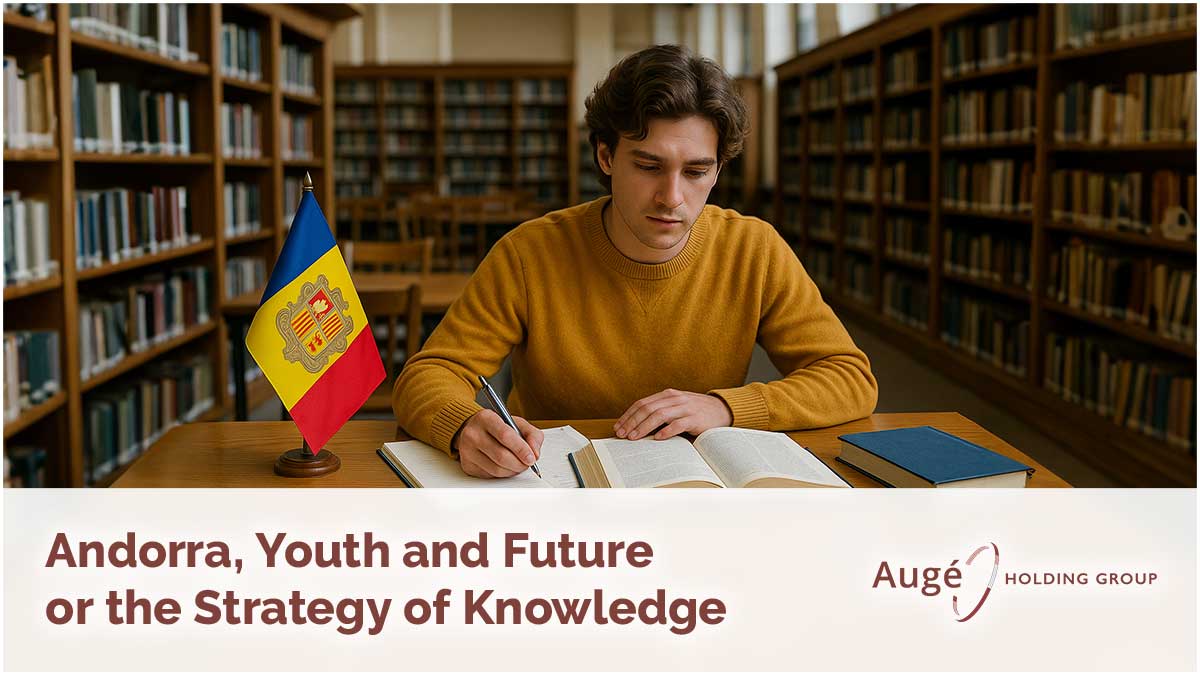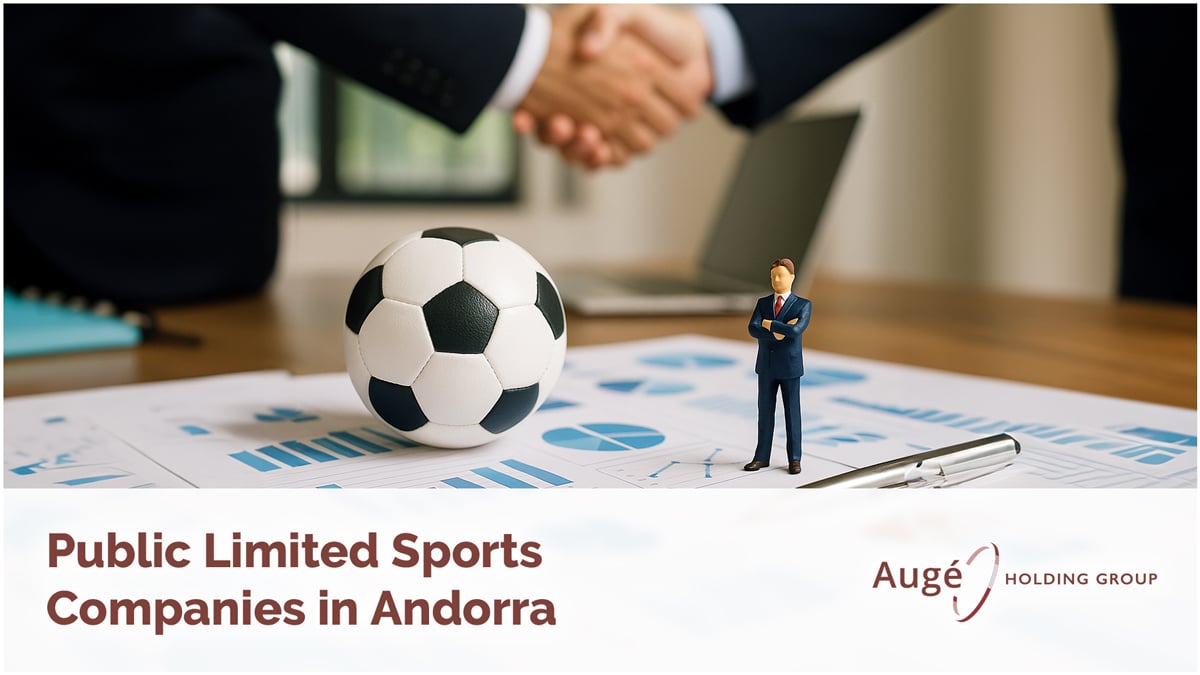The creations conceived by the human mind have existed for centuries with evidence that dates back to the stone age (example of “cave art”). Modern society has merely channeled and incentivized the act of creation by granting the author a copyright over its art. Legally speaking, this has given rise to International Treaties such as the Berne Convention for the Protection of Literary and Artistic Works (1886) and national laws on copyright. Andorran Copyright law of 1999 defines the various types of art that are subject to copyright and, in line with the Berne Convention, states that originality is the key criteria to assess a work of art. This same law also enounces the main principle of copyright law which is as follows: the mere act of creation grants copyright protection to the author, with no need of a registration.
This principle sets copyright aside from industrial property rights that require a registration process with a State (or Regional) office (such is the case for example for trademarks and patents).
Pursuant to this main rule, there is no need to “register” a copyright in most legal systems throughout the world. However, there are issues of evidence that arise in order to prove that the author created a given work of art, at a given date.
There are many available tools that can allow an author to obtain such evidence of creation and the latter are part of a more global IP strategy. That being said, there are additional well-known digital platforms that allow for a type of “registration” of digital content. Such digital content can be uploaded to the platform with a previously opened account and permits the author to evidence the ownership of the content and the date on which it is uploaded to the platform. The type of content that can be uploaded can be audiovisual content, images, drawings and so forth.
Such platforms must not be confused with State offices that have implemented mechanisms to register copyrighted works such as the US copyright office. Such an office holds a registry of the works of art protected by copyright.
In Andorra, there is a trademark and patent office that is fully operational, but there is no equivalent to the US copyright office. This situation obliges authors to seek innovative and efficient manners to officially prove that:
- They are the creators of a specific work of art and/or digital content.
- The date of creation is clearly and objectively established.
Seeking guidance of an experienced Lawyer through such processes allows the creator of a content to secure an effective protection of its creations, which then allows for a monetization of such work.

